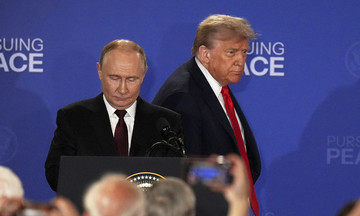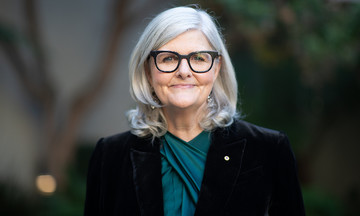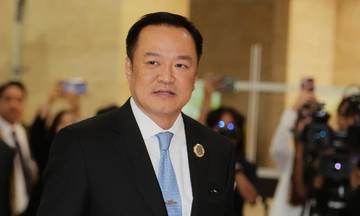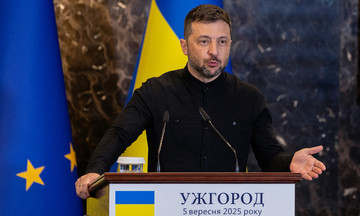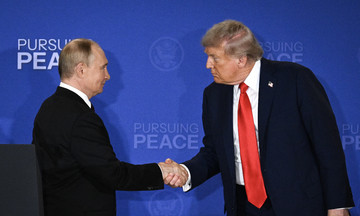Following talks between Russian, Chinese, and Mongolian delegations in Beijing on 2/9, Gazprom CEO Alexey Miller announced that Moscow and Beijing had signed a "legally binding" memorandum of understanding to accelerate the construction of the Power of Siberia 2 (PoS-2) gas pipeline.
Miller also stated that Gazprom and the China National Petroleum Corporation (CNPC) signed a "commercial agreement" to expand gas supplies through the existing Power of Siberia pipeline.
Witnessed by Russian President Vladimir Putin and Chinese President Xi Jinping, the agreement marks the first time the two countries have formally committed to the ambitious energy project after repeated postponements.
This is considered an energy victory for President Putin, as Russia seeks alternative buyers for its gas exports after losing a significant portion of the European market due to the war in Ukraine.
Russia had placed high hopes on the PoS-2 project and actively promoted it. In 5/2024, Russian Deputy Prime Minister Alexander Novak said the country expected to sign a contract with China for PoS-2 "in the near future", but China remained silent on the project at the time.
The *Financial Times* reported at the time, citing sources, that the PoS-2 project was delayed because Russia would not accept China's demands on gas price and volume.
A 2026 economic outlook report submitted to Russian Prime Minister Mikhail Mishustin in 9/2023 showed the average gas price sold to China in 2024 was 271 USD per 1,000 cubic meters, half the price Russia once sold to Europe.
However, Beijing appears to be driving a hard bargain on the gas price for the PoS-2 project. Sources said China wants a preferential price "almost on par with domestic prices" in Russia, which are heavily subsidized by the government. Furthermore, China has only committed to importing a small portion of the pipeline's projected annual capacity of about 50 billion cubic meters.
This disagreement has stalled PoS-2 for over a year. The nature of the "legally binding agreement" remains unclear, but it is expected to advance Russia's ambitious plan for the massive gas pipeline to significantly increase energy exports eastward.
The 2,600-km PoS-2 pipeline will run from Gazprom's fields in Yamal, through Western Siberia and Mongolia, to northeast China. The pipeline is expected to be completed in the 2030s.
President Vladimir Putin told reporters in Beijing on 3/9 that "the parties have finally found common ground", affirming that "these are mutually beneficial agreements".
 |
The Kovykta gas field located along the Kovykta-Chayanda section of the Power of Siberia. *Photo: TASS* |
Once implemented, the PoS-2 project will provide a solid alternative to Russia's former reliance on the European energy market. Since the outbreak of the war in Ukraine, most European countries have stopped buying Russian gas, contributing to Moscow's export volume dropping to over 334 billion cubic meters in the first half of 2025, down 3.2% year-on-year.
By redirecting gas from fields that previously supplied Europe eastward, Russia may also no longer have to worry about sanctions imposed by the European Union and the United States on its energy, technology, and financial sectors, according to observers.
PoS-2 is expected to allow Russia to export an additional 50 billion cubic meters of gas annually. Miller said Gazprom could supply gas through the new route for up to 30 years. President Putin said that after PoS-2 is built, Russia will supply a total of over 100 billion cubic meters of gas to China annually through the two Power of Siberia pipelines.
Energy analyst Sergei Vakulenko estimates that PoS-2 could generate 2.5 - 4.3 billion USD in annual revenue for Russia. "This is far less than the 20 billion USD in annual revenue lost from the European market, but it is still a significant amount," he wrote in a 2023 article published in *Carnegie Politika*.
Besides increasing export revenue, the PoS-2 agreement is also a political win for the Kremlin, underscoring the two countries' commitment to strengthening bilateral relations.
"China's developing economy needs these raw materials, and we have the opportunity to provide them," Putin said.
Michal Meidan, head of China research at the Oxford Institute for Energy Studies, said the new agreement between Moscow and Beijing sends a "very important geopolitical message".
"Russia needs gas customers and has long talked about shifting energy eastward. This is an important outlet for their gas. China, meanwhile, is protecting itself from dependence on U.S. liquefied natural gas and its financial trade structure," Meidan said.
Clark Savage, a commentator for *Energy News Beat*, said the PoS-2 deal signals a reshaping of global energy, with Russia and China challenging Western dominance.
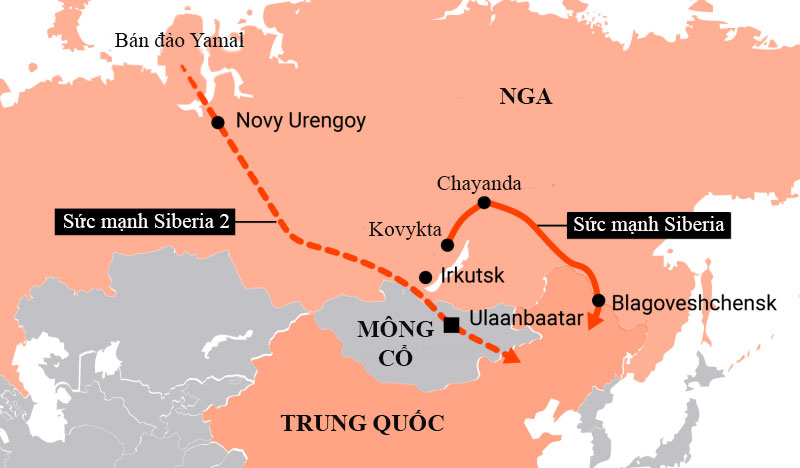 |
The Power of Siberia and Power of Siberia 2 (planned) pipeline systems transporting gas from Russia to China. *Graphic: Table* |
Experts believe that not only does Russia benefit from the new agreement, but China can also use Russian gas as a "buffer" against potential energy supply shocks due to instability in the Middle East or tensions with the West.
Chinese data indicates that Russia, Qatar, Australia, and the U.S. were the top gas suppliers to the country in USD value during the first seven months of 2025.
If the pipeline is later extended beyond China to other countries like South Korea or Japan, Beijing could also collect transit fees for gas transported through its territory.
Alexei Gromov, energy director at the Institute for Energy and Finance, predicts that a formal contract for PoS-2 could be signed by Russia and China by the end of this year. While details of the agreement and construction plans remain unclear, Russia appears optimistic about the project's prospects.
"The construction of the PoS-2 pipeline will become the largest, most extensive, and most capital-intensive project in the global gas industry," Miller said.
Thuy Lam (*Energy News Beat, Moscow Times, Reuters*)



